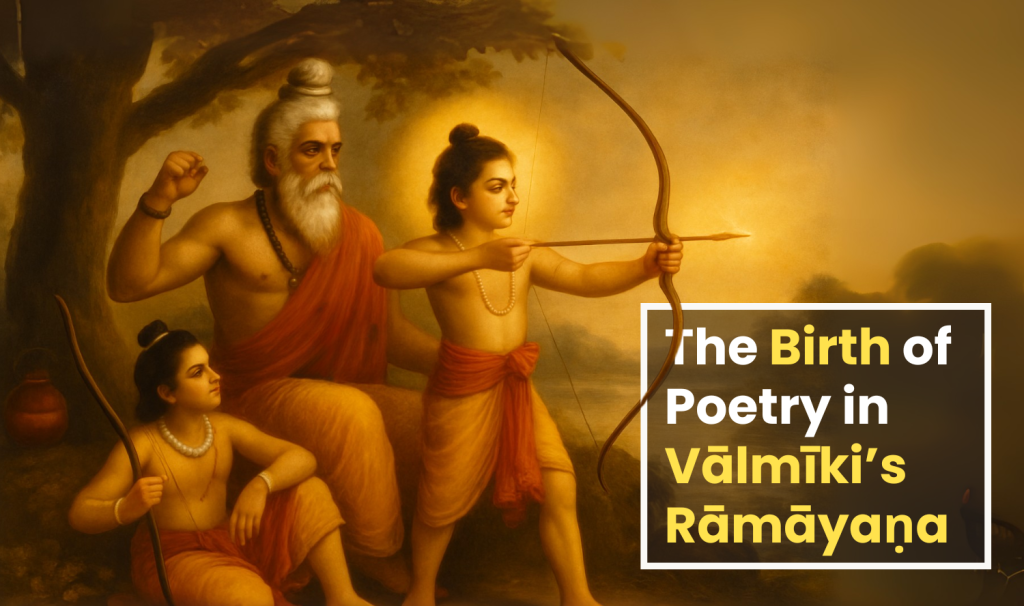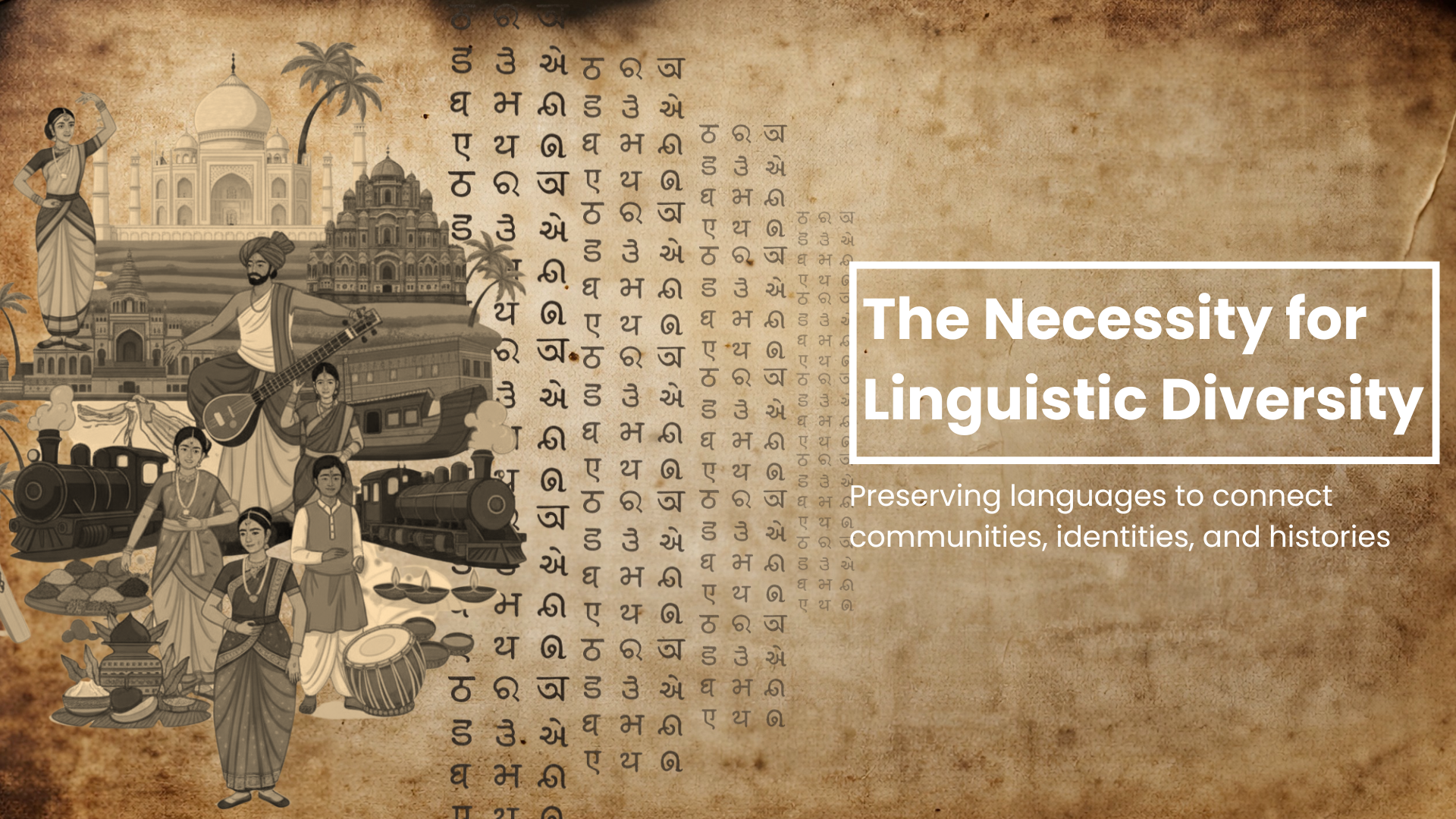
The Sage Vālmīki’s Rāmāyaṇa, is considered one of the first forms of poetry in Sanskrit literature. The strange thing was that the Sage Vālmīki did not intentionally write this as a kāvya, or, a poem. The invention of poetry was accidental when Vālmīki, along with his disciple Bharadvāja, went to the riverside for their prayers. Here, Vālmīki witnessed a sad event where a hunter shoots one of a mating pair of birds. In his grief, or, śoka, he utters a curse upon the hunter in a poetic format called a śloka. This was the birth of kāvya, or poetry in Sanskrit literature.
The Rāmāyaṇa, although written as a great tragedy by Sage Vālmīki, is one of the greatest epic poems in the world. Its influence is not only seen in India, but across South Asia, such as, in Cambodia, Indonesia, Thailand, Vietnam, etc. The way this epic poem was written has apparently pleased the greatest of sages.
Although there are numerous forms of the Rāmāyaṇa, Sage Vālmīki’s is considered as one of the most important as it is the first literary artefact in Sanskrit literary tradition.

In this paper, the author Prof. V. S. Sreenath from the Department of Humanities and Social Sciences, Indian Institute of Technology (IIT) Madras, Chennai, India, has looked into the first four sargas (creations), of the Bālakāṇḍa (preamble to the Rāmāyaṇa), reflecting some of the crucial concerns pertaining to the form of kāvya in Sanskrit.
The cardinal principles of kāvya that the Bālakāṇḍa in the Vālmīki Rāmāyaṇa reflects are twofold:
- kāvya is a formally unique linguistic expression with aesthetic (concerned with beauty or art) and formal singularities.
- The aesthetic emotion (rasa), irrespective of the nature of its ordinary counterpart in daily life, ultimately leads to an alaukika (extraordinary, or beyond the ordinary) experience.
Several scholars have commented on what constitutes a good poem, or, kāvya. Among these, Bhāmaha, who was a Sanskrit poet who composed the Kāvyālaṅkāra, one of the earliest available text in the kāvyaśāstra tradition, gave his views on kāvya, as follows – figurative deviation, or, vakratā of speech is the hallmark of kāvya, and no ordinary form of expression without figurative deviation of speech (vakrokti), can ever qualify to become a literary artefact. According to Bhāmaha, vakrokti is also identical with atiśayokti – the treatment of an object or idea so as to present it strikingly new to readers.
An example of atiśayokti from Bhāmaha’s Kāvyālaṅkāra is as follows: “If the loose skin of water drops down like the slough of serpents, then it will become the white garments on the limbs of ladies sporting on in the water”. Here, we get a figurative deviation (vakratā), of the representation of water. By considering water as a garment, Bhāmaha alters the dominant conception about water. Through such examples, Bhāmaha shows how the idea of vakrokti transforms a vārtā (report) into an instance of poetic utterance.
Ānandavardhana, who revolutionised the realm of poetics through his idea of dhvani (essence of poetry), also accepts the prominence of vakrokti in his seminal work Dhvanyāloka. He also adds that along with linguistic deviation, or, vakrokti, rasa is a must for a composition to become a proper kāvya. Abhinavagupta who was a renowned musician, poet, and aesthetician from that time period, agrees with Ānandavardhana’s observation that rasa is the real soul of poetry.
Despite all these views, all scholars agree that the ultimate aim of kāvya is to impart aesthetic delight, or ānanda to the readers through rasa. Kāvya should bring about happiness in the reader or listener.
This analysis shows that the first four sargas of the Bālakāṇḍa chapter of the Rāmāyaṇa functions as an invisible substratum of the two major concerns that would later rule the roost of Sanskrit poetics. What we see in the preamble is not just the story of Rāma in sāhitya (literature) format, but some of the major theoretical considerations in kāvyaśāstra (science of poetry) as well.
The Sage Vālmīki’s Rāmāyaṇa, although a poem with intense grief, continues to please everyone who reads or listens to it. The story of Rāma, sung by Lava and Kuśa moved great sages to tears, and filled them with the greatest wonder. Thus Vālmīki’s Rāmāyaṇa is a benchmark kāvya that continues to please and inspire millions.
Article by Akshay Anantharaman
Click here for the original link to the paper










